How to effectively design heat dissipation for rotary joints?
December 3, 2024
1. Material Selection for Heat Dissipation:
- Select materials with good thermal conductivity for key components of rotary joints. Copper is commonly used for inner and outer conductors as it can quickly conduct heat away. For the outer shell, aluminum alloy is a suitable choice. It has a certain strength and relatively high thermal conductivity, facilitating heat dissipation from the inside to the outside. In high-power rotary joint designs, for example, the inner conductor may use a high-purity copper rod, and the outer shell is cast with aluminum alloy and processed to increase its heat dissipation surface area.
2. Structural Optimization for Heat Dissipation:
- Increase the heat dissipation surface area. Design heat dissipation fins on the outer shell of the rotary joint. The shape, size, and spacing of these fins need precise calculation and optimization. Thin and dense heat sink fins can significantly expand the heat dissipation area and enhance efficiency in a limited space. Also, ensure smooth air circulation between the fins so that heat can be carried away by air promptly.
- Consider a reasonable heat conduction path in the internal structure. Design an effective connection structure between the inner conductor and the shell, like using a thermally conductive silicone pad or a metal thermally conductive bushing. This reduces thermal resistance and promotes heat transfer from the heat source (such as the high-power transmission part) to the heat dissipation part (like the shell or heat sink fins).
3. Application of Fluid Heat Dissipation Technology:
- For high-power rotary joints with high heat dissipation demands, use a liquid cooling system. Design a liquid cooling channel inside the rotary joint, and let a coolant, such as deionized water or a special coolant, circulate in it. The coolant can absorb and carry away heat, effectively lowering the rotary joint's temperature. When designing the channel, ensure the flow rate, flow velocity, and sealing of the coolant. For example, make the inner wall of the channel smooth and perform anti-corrosion treatment to prevent leakage and blockage. Combine with an external radiator or heat exchanger to dissipate the heat absorbed by the coolant into the surrounding environment.
- For rotary joints with relatively low heat dissipation requirements, use forced air cooling. Install a fan to force air to flow through the heat-dissipation fins or shell surface, accelerating heat dissipation.
4. Thermal Management and Monitoring:
- In the overall system design, arrange other components reasonably to avoid heat accumulation and mutual influence. Keep an appropriate distance between high heat-generating electronic components and the rotary joint, and optimize the ventilation design of the entire system.
- Install a temperature sensor to monitor the rotary joint's temperature in real time. When the temperature exceeds the set threshold, take corresponding measures. This could include increasing the fan speed, adjusting the flow of the liquid cooling system, or issuing an alarm to prompt maintenance personnel. Through this mechanism, ensure the rotary joint operates within a safe temperature range, enhancing its reliability and stability.
In summary, by comprehensively implementing material selection, structural optimization, fluid heat dissipation technology, thermal management, and monitoring, the rotary joint can be effectively cooled to guarantee its normal operation and performance under diverse working conditions.
Corporate News
Can the Wideband Double-ridged Horn Antenna be customized according to different application scenarios?
What are the main working principles of Coaxial Variable Attenuators?
How to Ensure the Long-Term Stable Operation of High Power Waveguide to Coaxial Adapter?
What is the typical insertion loss and isolation for Waveguide Electromechanical Switch?
Related Blogs
YOU MAY LIKE
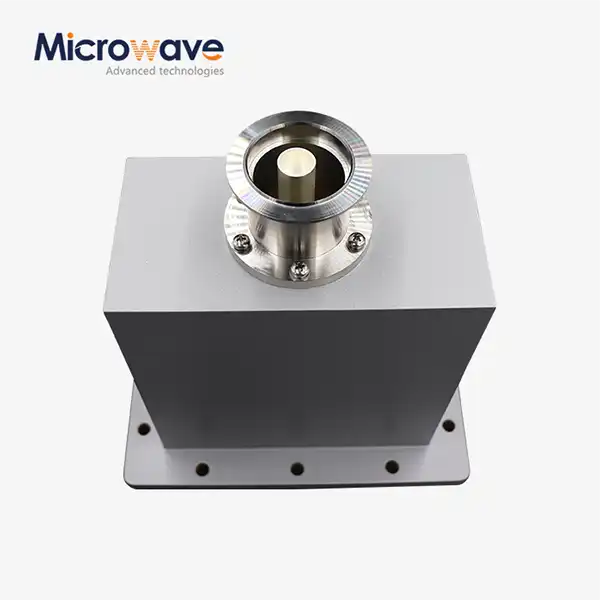 VIEW MOREEnd Launch Waveguide to Coaxial Adapter
VIEW MOREEnd Launch Waveguide to Coaxial Adapter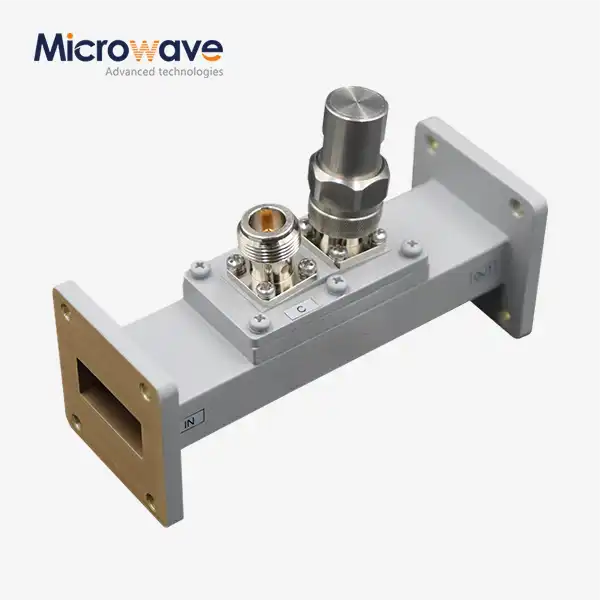 VIEW MOREWaveguide Loop Coupler
VIEW MOREWaveguide Loop Coupler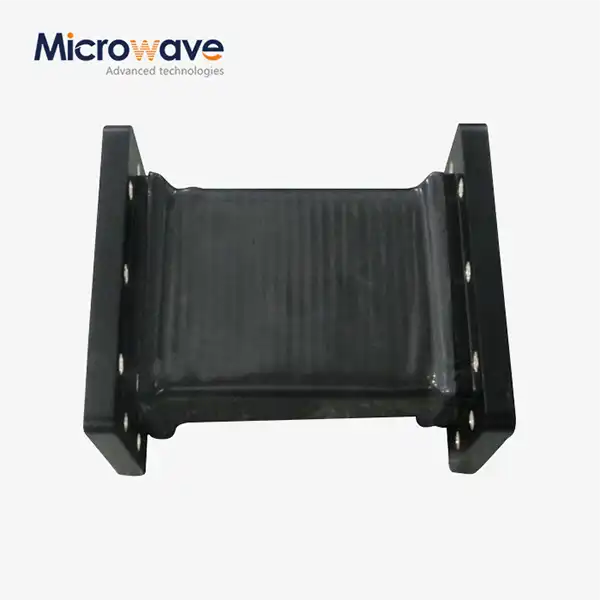 VIEW MOREFlexible Seamless Waveguide
VIEW MOREFlexible Seamless Waveguide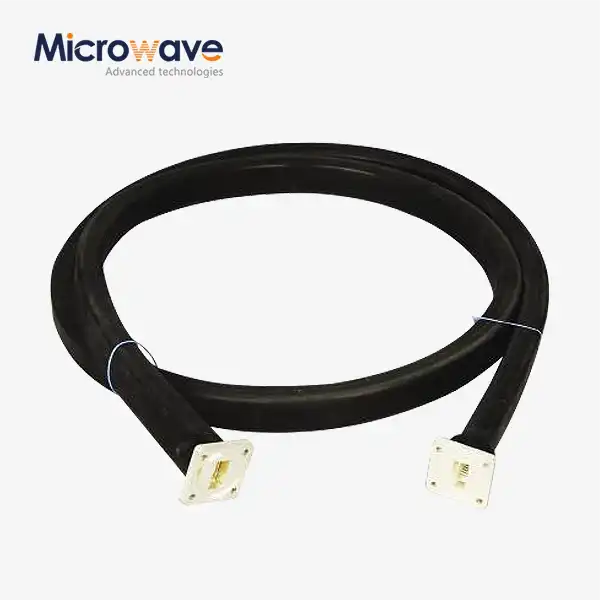 VIEW MOREWaveguide Cable Assembly
VIEW MOREWaveguide Cable Assembly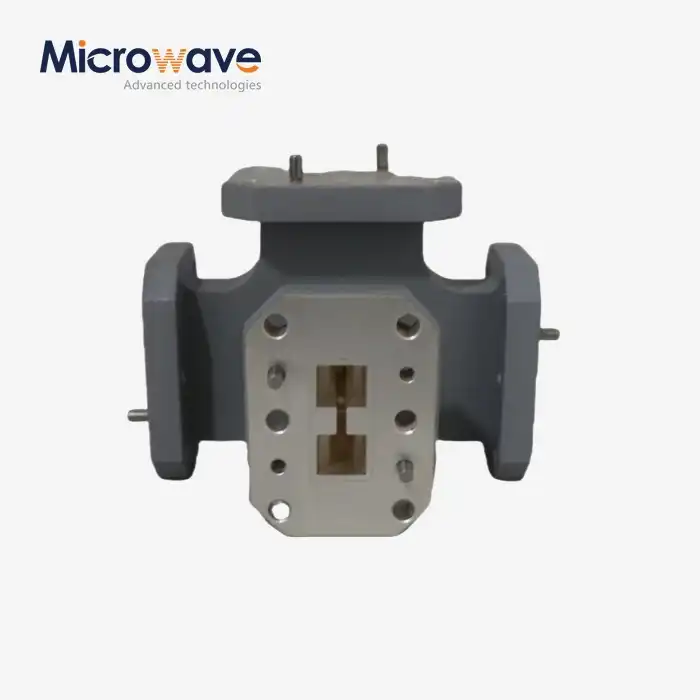 VIEW MOREDouble-Ridged Waveguide Magic Tee
VIEW MOREDouble-Ridged Waveguide Magic Tee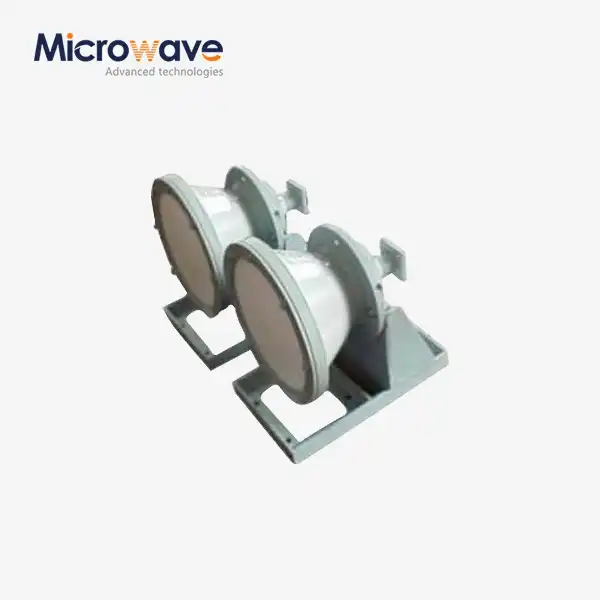 VIEW MOREConical Horn Lens Antenna
VIEW MOREConical Horn Lens Antenna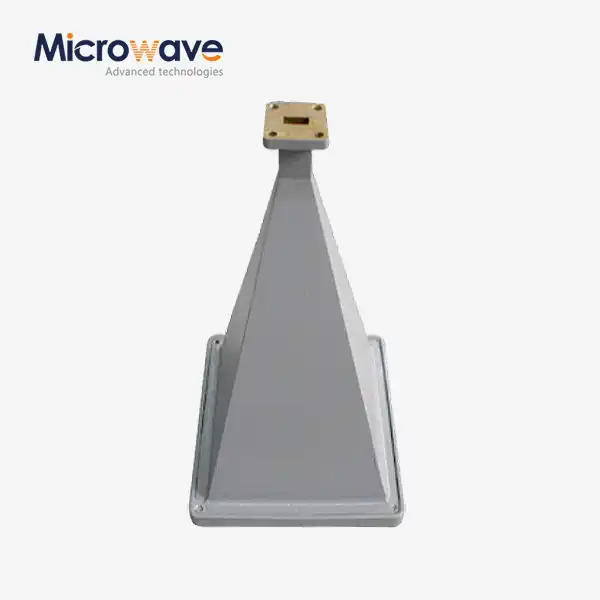 VIEW MOREPyramid Horn Lens Antenna
VIEW MOREPyramid Horn Lens Antenna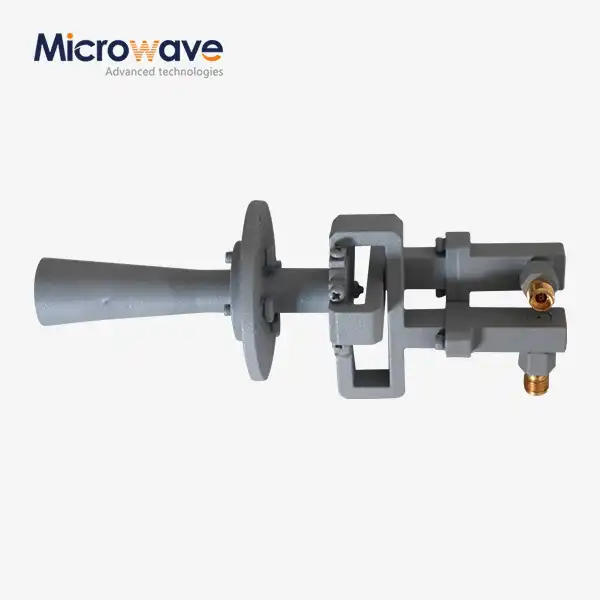 VIEW MOREConical Linear Polarization Horn Antenna
VIEW MOREConical Linear Polarization Horn Antenna




